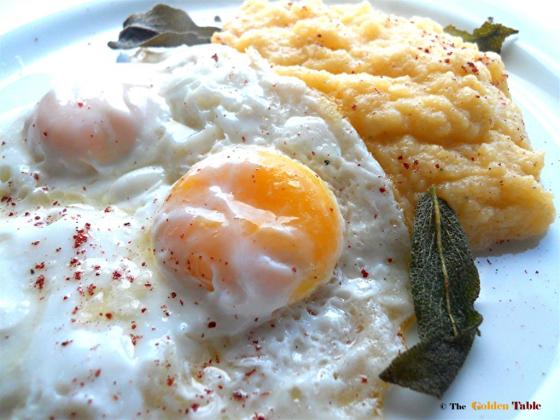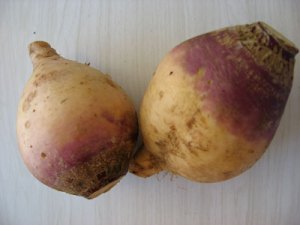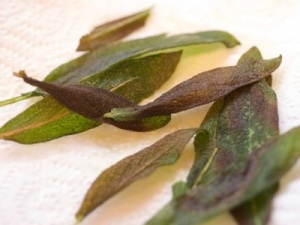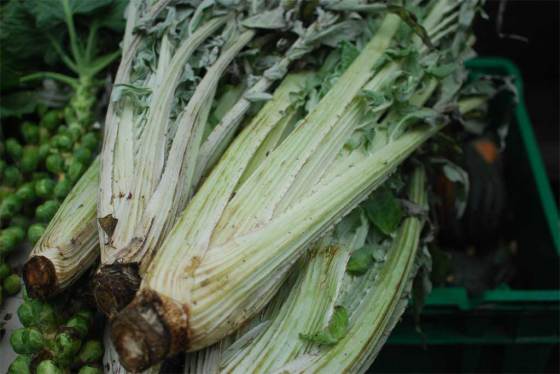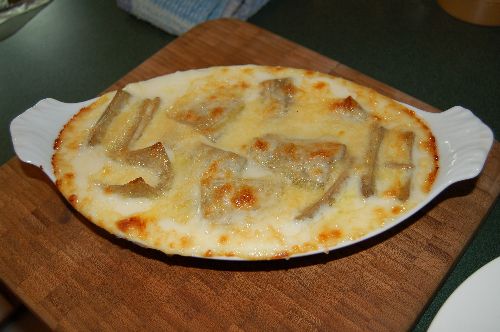Rutabagas! I love that word. In the world of funny food names, I think it’s up there with kumquat and sassafras.
The rutabaga is a cross between a cabbage and a turnip. People often avoid this root vegetable because of its peculiarity and because, like cabbage, it becomes more flavored and odorous when cooked.
Rutabagas are available year round with a peak in the fall and winter. These roots range from tan to violet in color and are larger than turnips; choose smooth, heavy, and firm roots. Smaller rutabagas, 4″ in diameter, tend to have sweeter flavor. This root stores for about 2 weeks in the refrigerator or at room temperature for a week. Rutabagas are usually covered in wax, so it’s best to quarter the root, then peel the skin before cooking.
Sumac spice comes from the berries of a wild bush that grows wild in all Mediterranean areas, especially in Sicily and southern Italy, and parts of the Middle East, notably Iran. It is an essential ingredient in Arabic cooking, being preferred to lemon for sourness and astringency
As a side dish or a nice alternative to potatoes or grits, Rutabaga purée is an excellent choice. I simply peeled the rutabaga, cut it into medium-sized chunks and cooked them as I would mashed potatoes, whisking in butter and cream at the end. If it tickles your fancy, you could do as the Irish do and add turnips or potatoes to the purée…I think they call it “Pats and Nips.”
I fried some sage leaves and set them aside on paper towels, then slowly braised two eggs in butter for a few minutes. I served the eggs with the rutabaga purée and fried sage leaves, then sprinkled some sumac over it to give it that whisper of citrus.
The kitchen had that wonderful odor of a grandmother cooking cabbage. I think next time, I’ll use the rutabaga as a substitute for cabbage and see what happens. Perhaps I’ll add rutabaga to slow-braised pork!
~
© Giovanni Cucullo 2011
